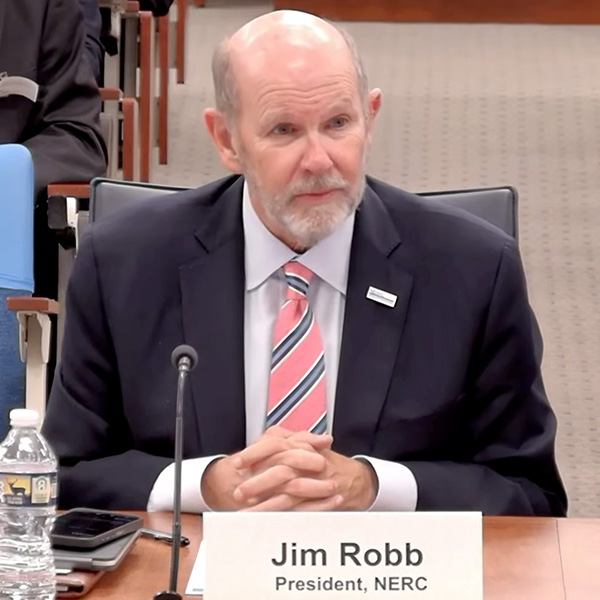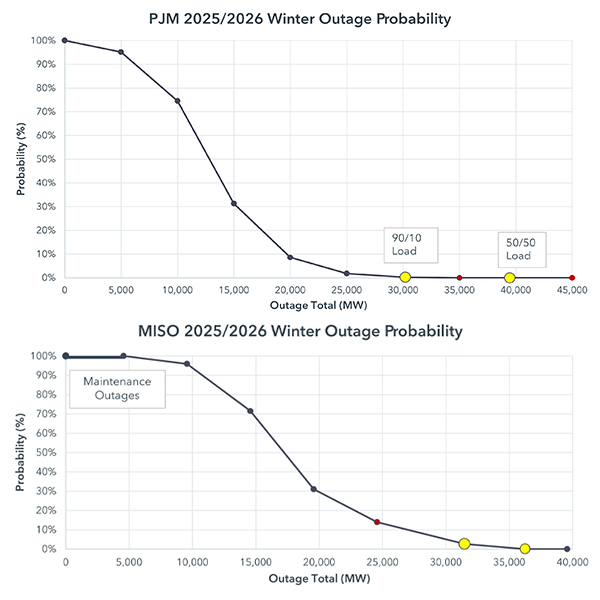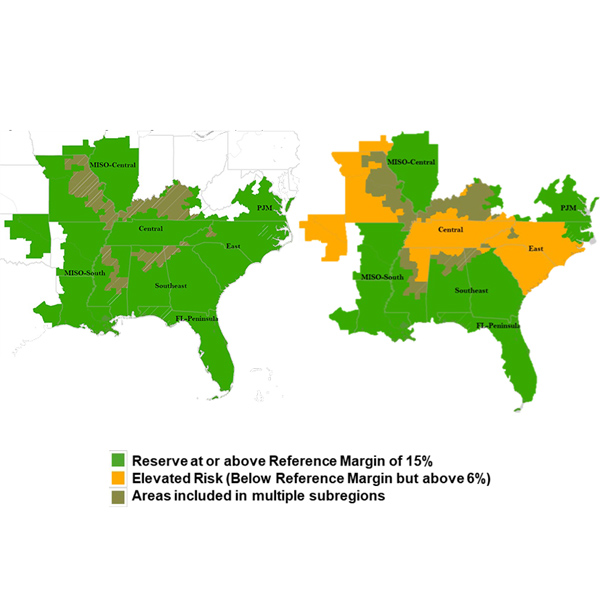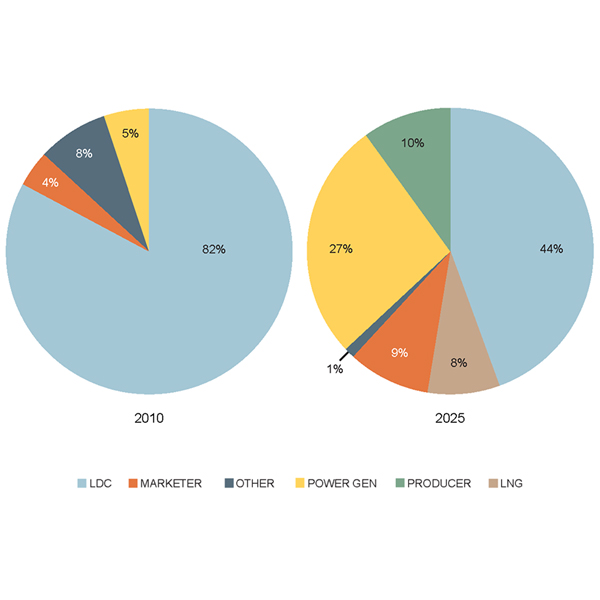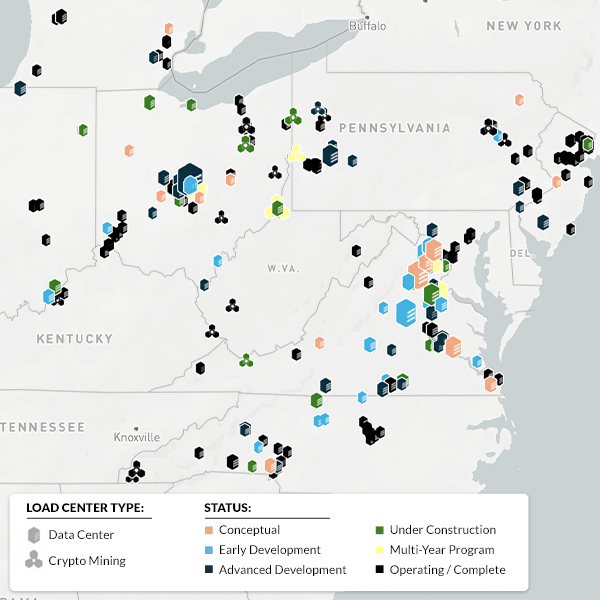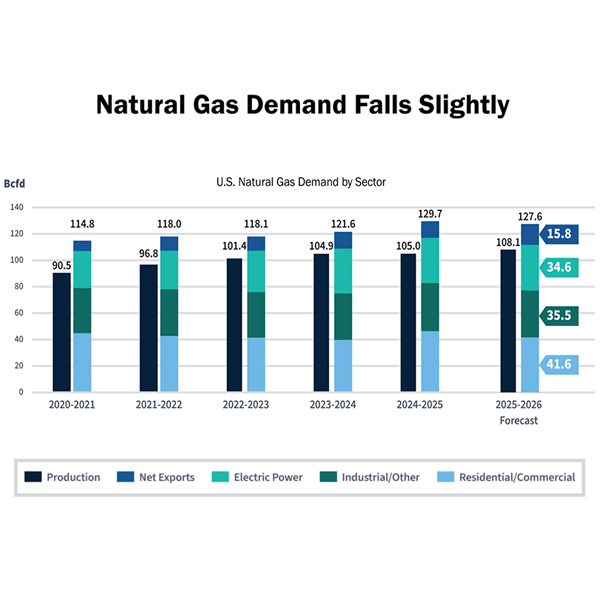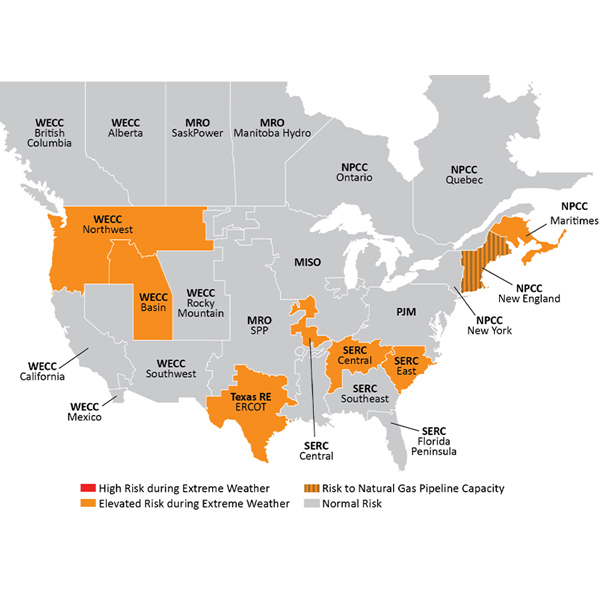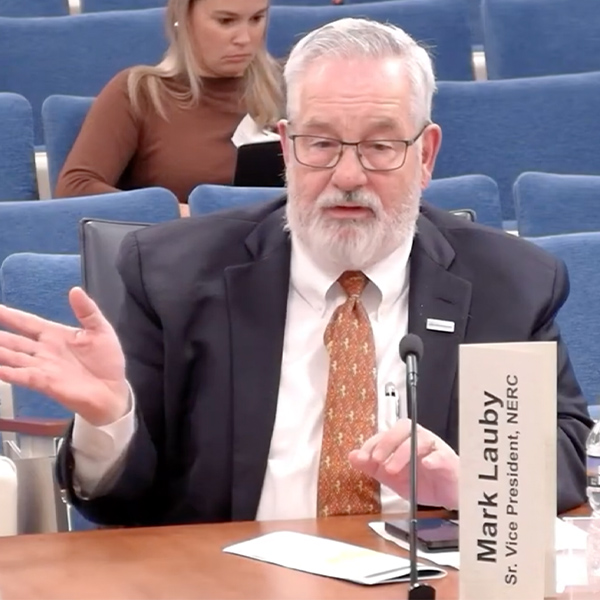Resource Adequacy
Resource adequacy is the ability of electric grid operators to supply enough electricity at the right locations, using current capacity and reserves, to meet demand. It is expressed as the probability of an outage due to insufficient capacity.
NERC managers say the organization is well positioned to meet a variety of challenges coming in 2026.
A presenter from ReliabilityFirst said the regional entity expects a normal level of risk this winter, indicating a low chance of energy shortfalls.
SERC's Winter Reliability Assessment found that two subregions faced elevated risk of energy shortfalls in extreme weather.
The National Petroleum Council is the latest group urging reforms to address gas-electric coordination including pipeline expansion, and reforms to organized power markets and pipeline tariffs.
Many comments on the Department of Energy’s Advance Notice of Proposed Rulemaking to FERC on large load interconnections warned against going too far into jurisdictional issues.
FERC staff warned that severe weather events "could create tight supply conditions" in some areas during the coming winter months.
Rising electricity demand is adding to seasonal reliability risks this winter as supply has not kept pace with consumption in many regions, NERC reported in its Winter Reliability Assessment.
The Organization of MISO States is warning NERC that its possible new resource adequacy standard would tread on states’ planning authority.
Reports of the energy storage industry’s demise are greatly exaggerated, experts said during the American Clean Power Association’s annual Energy Storage Summit.
Panelists at FERC's Reliability Task Force praised the efforts of NERC's Large Loads Task Force while highlighting the work still needed.
Want more? Advanced Search
